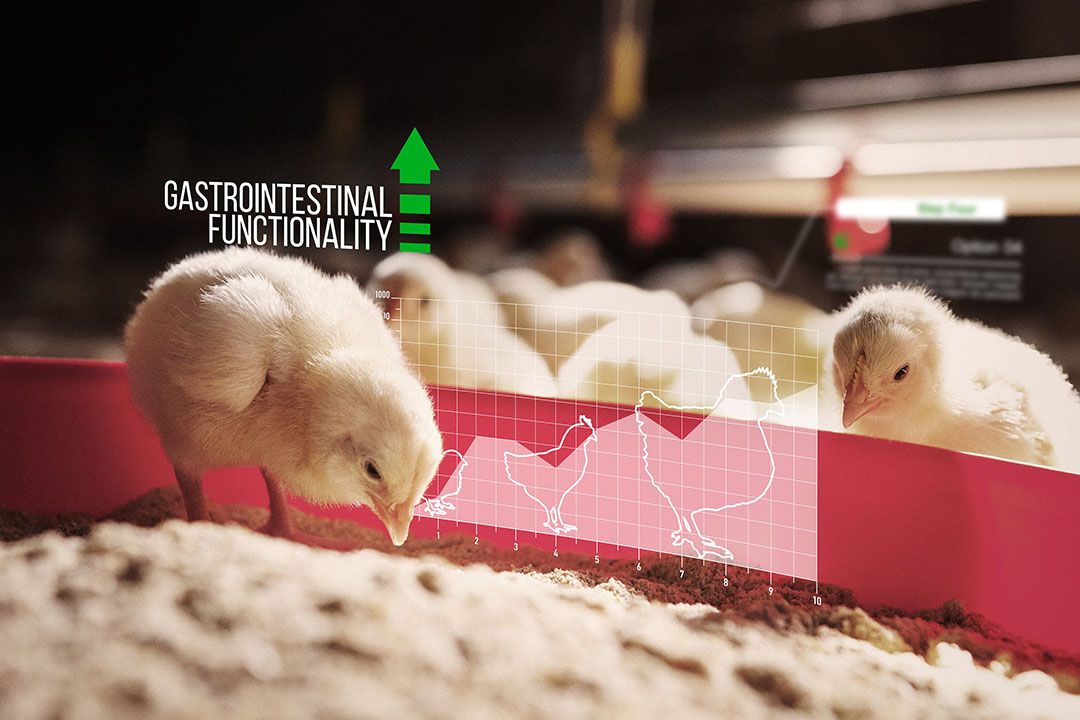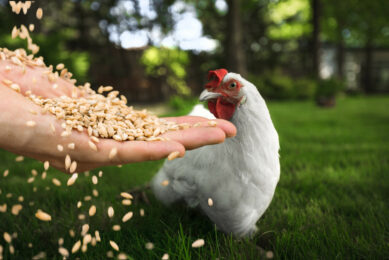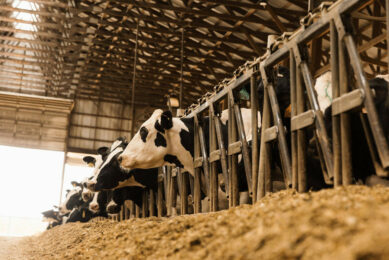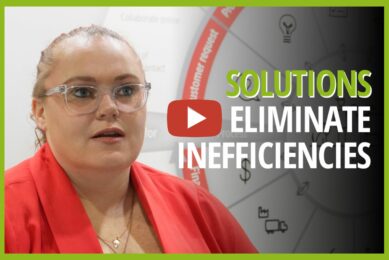Peptidoglycans in the gut: An unexplored area

Since feed represents the largest single cost item for livestock and poultry production, the animal production sector is constantly seeking to develop solutions to optimise feed efficiency. Optimal gastrointestinal functionality improves nutrient utilisation and therefore feed efficiency.
The microbiota in the intestine plays a vital role in animal health and performance. The interaction of the living microbiome on gut functionality has been thoroughly researched and is becoming better understood. However, the role of bacterial cell debris in the microbiota is still an unexplored area. A large amount of all bacterial content in the gut microbiota are dead bacteria or bacterial cell debris. This bacterial cell debris is naturally produced when bacteria in the microbiota die or multiply. Peptidoglycans (PGN) are the structural part of the cell walls in both gram+ and gram- bacteria. PGN fragments present in bacterial cell debris can hinder nutrient digestion and absorption and thereby broiler performance when interacting with intestinal cells.
Unlocking the hidden potential
Balancius, a novel microbial muramidase developed by the DSM – Novozymes Alliance, breaks down PGN in bacterial cell debris, without disturbing the active bacterial population. This reduces the amount of bacterial cell debris in the gut, thus improving nutrient absorption and ultimately broiler performance. Several studies have shown that the addition of Balancius to broiler diets improves feed conversion ratio compared to broilers fed with non-supplemented diets. Balancius unlocks a hidden potential in gastrointestinal functionality and thereby improves savings for poultry producers.
Figure 1 – Efficacy evaluation of dietary addition of Balancius in a 35 day broiler study.

Reducing feed conversion ratio also contributes to reducing the ecological footprint. If Balancius would be used in all broiler diets globally, a potential of 9 million tonnes of greenhouse gas emissions would be saved, which equals the emission of 3.7 million cars. Supporting the digestion of PGN from dead bacteria in the gastrointestinal tract of broiler chickens is key in maintaining the required balance in gastrointestinal functionality; as well as ensuring optimal feed efficiency, animal health and performance.
Author: Irene Eising, DSM Technical Expert Gastrointestinal Functionality











